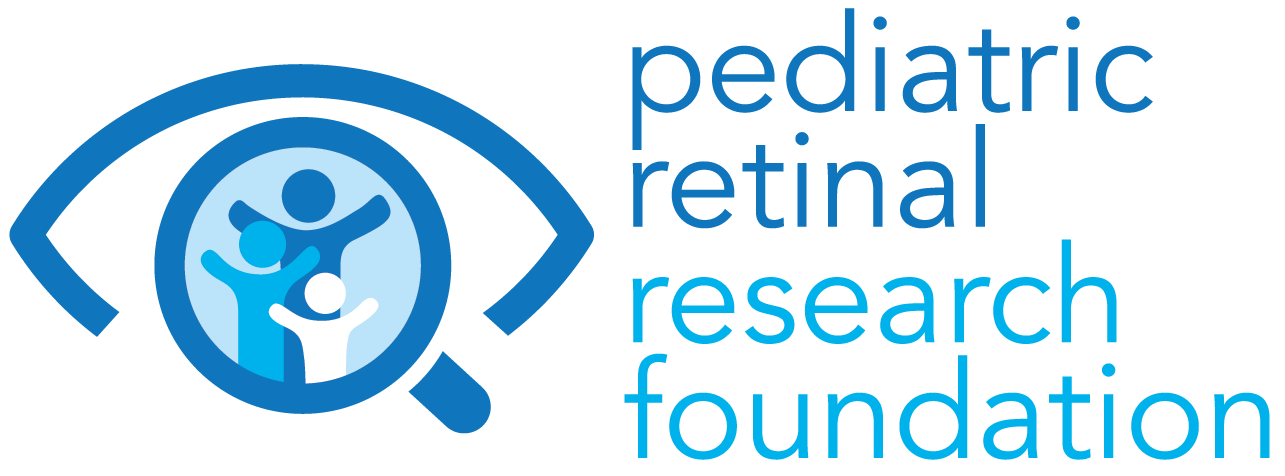A Miracle in the Works
By Jeanne McClellan
A miracle for patients with Familial Exudative Vitreoretinopathy (FEVR) is imminent. A miracle that is over 20 years in the making and has the real potential to restore lost sight. This is huge and beyond our wildest dreams!
What is this wonderful miracle and where did it come from?
About 20 years ago, researchers began to wonder why some people are born with certain retinal deficiencies and others are not. What is going on in the eye causing these anomalies?
A handful of doctors affiliated with the Pediatric Retinal Research Laboratory (PRRL), then a small inconsequential lab, started looking at abnormal eye tissue and comparing it with normal eye tissue. With microscopes, test tubes, and exhaustive efforts, they made their first discovery. A protein in the eye called norrin seemed to be deficient in the diseased retinas being examined. So the researchers, namely Drs Kimberly Drenser and Kenneth Mitton at the PRRL embarked on a more refined research effort, this time seeking to understand norrin’s composition and its function. They knew they were on to something. But this process would take years of diligent research, lots of financial investment, and a dedicated space in which to conduct the experiments.
A major breakthrough occurred when their findings demonstrated when norrin was added to a damaged retina, previously inhibited capillary growth was accelerated resulting in a reversal of the damage rendered to the retina. It was proving to be effective with retinopathy, most notably FEVR, and some evidence of its efficacy with other retinopathy diseases.
When they realized they potentially had a viable treatment, developing a therapeutic synthetic of norrin became the goal.
As a result, Noregen CTR 107 was created, a synthetic version of norrin that can be injected into the eye. In the mid-2000s, major funding was secured from the National Institute of Health and the National Eye Institute when PRRL was able to demonstrate the viability of the regimen and because FEVR qualified as a rare disease, rendering it increased grant opportunities. To qualify for FDA approval, a necessity to make a medication available for commercial use, proper documentation and standard research practices were enacted. This meant the PRRL had to be FDA-compliant and the protocols be FDA-approved. After “T’s were crossed” and “I’s dotted,” more formal and formidable research ensued.
Laboratory mice were injected with oxygen-induced retinopathy to create the blindness symptoms and conditions for therapeutic experimentation. This alone took many months of careful monitoring and observation. The FDA not only requires laboratory documentation of findings, but also pre-clinical trials, which are animal tests.
This brings us up to about 2015, when Caeregen Therapeutics and Wacker Labs took over the commercialization process of NoregenTM. Mice trials continue and clinical trials in humans will be conducted in the next few years. Then, the FDA will examine the whole process to ensure guidelines have been properly followed, that the drug proven is safe for human use, and manufacturing protocols required by the FDA have been met. If each step passes the FDA’s rigorous process, the drug will then become available to the public.
Developing a therapeutic drug is a long, arduous process but an incredibly rewarding and transformative result. In fact, one third of drugs applying for FDA approval never make it to the finish line, either due to viability problems or compliance issues.
This is a brief and simplistic overview of the process a drug takes to become available to the public, and belies the incredible scientific brilliance and tenacity required to bring a drug, in this case NoregenTM, to commercial fruition. But it is quite an average timeline. In fact, NoregenTM is on a “fast-track ” with the FDA because of its status as a therapeutic treatment for a rare pediatric disease. We hope to see it on the market within the next 5 years.
Congrats to the scientists, doctors, and the hundreds of people involved in discovering this important norrin protein and its critical role. We are so blessed to have brilliant and dedicated professionals seeking cures for pediatric retinal diseases. We are so profoundly grateful for all that they do for us.
Imagine no more babies suffering with FEVR. That day is coming.
About the Author:
Jeanne McClellan was born and raised in Royal Oak, Michigan, earned a master's degree in psychology, and worked for approximately 30 years as a counselor and social worker until she retired in 2009.

